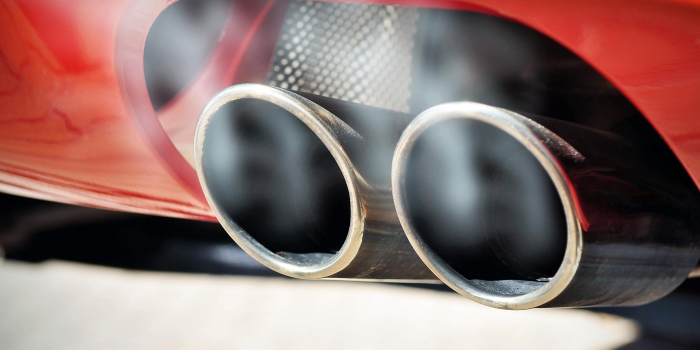In a world where electric cars grapple with range and battery limitations, Toyota has developed an innovative solution that aims to directly address emissions.
Toyota’s latest venture, as reported by Carscoops, introduces a novel approach to tackling emissions from fossil fuel-powered vehicles. By integrating air filters into a hydrogen combustion GR Corolla, the company aims to capture carbon dioxide, a major contributor to global warming, during regular driving activities. The concept is enticing, offering drivers the possibility of mitigating their carbon footprint while continuing to use traditional combustion engine vehicles.
However, the effectiveness of this system raises questions. Despite utilizing waste heat from the engine to inject captured CO2 into a disposable liquid, current prototypes only manage to capture a fraction of emissions produced by these engines. The reported conversion rate of approximately 20 grams of CO2 during 20 laps around a track falls significantly short of the emissions generated from burning a single gallon of gasoline.

The scalability of this technology to significantly reduce vehicle emissions remains uncertain. While Toyota expresses reservations about the market potential of electric vehicles, recent trends indicate a decline in electric vehicle sales despite incentives such as tax credits and price reductions. Moreover, practical concerns such as the impact of freezing temperatures on electric vehicle performance highlight the ongoing challenges in transitioning to electric mobility.

The skepticism surrounding Toyota’s approach underscores the need for tangible results to validate claims of making gas-powered vehicles environmentally friendly. While the concept of carbon-capture car filters presents an intriguing prospect, its effectiveness in addressing emissions at scale remains to be seen.
Toyota’s exploration of carbon-capture technology in vehicles offers a glimpse into potential solutions for reducing emissions from traditional combustion engines. However, such initiatives’ practical feasibility and impact on addressing climate change require further scrutiny and validation through real-world results.


